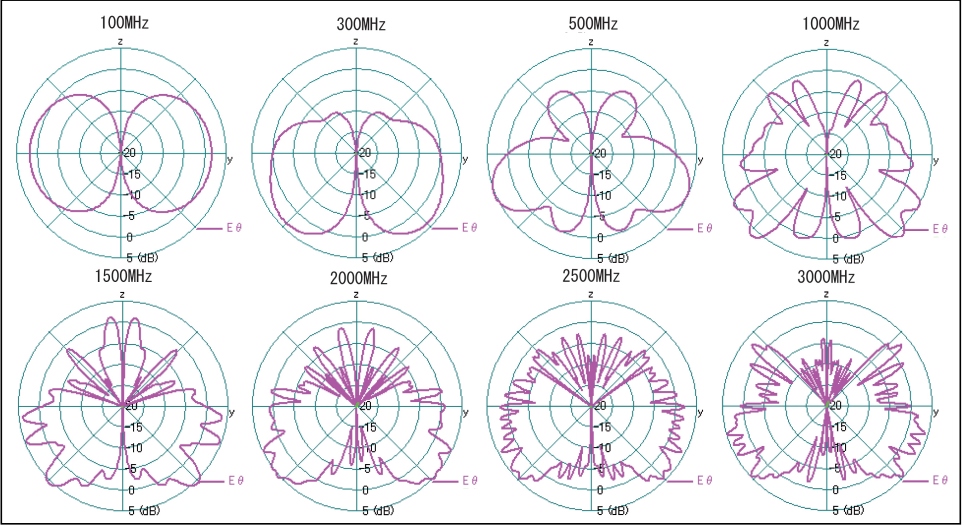mmckenna
I ♥ Ø
I had a co-worker that lived in a deed restricted area. He was not allowed to install antennas.
But flying the flag was OK. So up went a 30 something foot flag pole with a genuine made in China US flag on top.
Of course a close look showed that the metal base was insulated from the ground, and there was a wire leading to a planter box next to it. Inside the planter box was an antenna tuner.
He'd run AM on the 80 meter band just fine, and no one knew.
While you don't need a 30 foot tall antenna, you can think outside the box. Look at what your neighbors have and see what you can use to disguise an antenna.
But flying the flag was OK. So up went a 30 something foot flag pole with a genuine made in China US flag on top.
Of course a close look showed that the metal base was insulated from the ground, and there was a wire leading to a planter box next to it. Inside the planter box was an antenna tuner.
He'd run AM on the 80 meter band just fine, and no one knew.
While you don't need a 30 foot tall antenna, you can think outside the box. Look at what your neighbors have and see what you can use to disguise an antenna.


